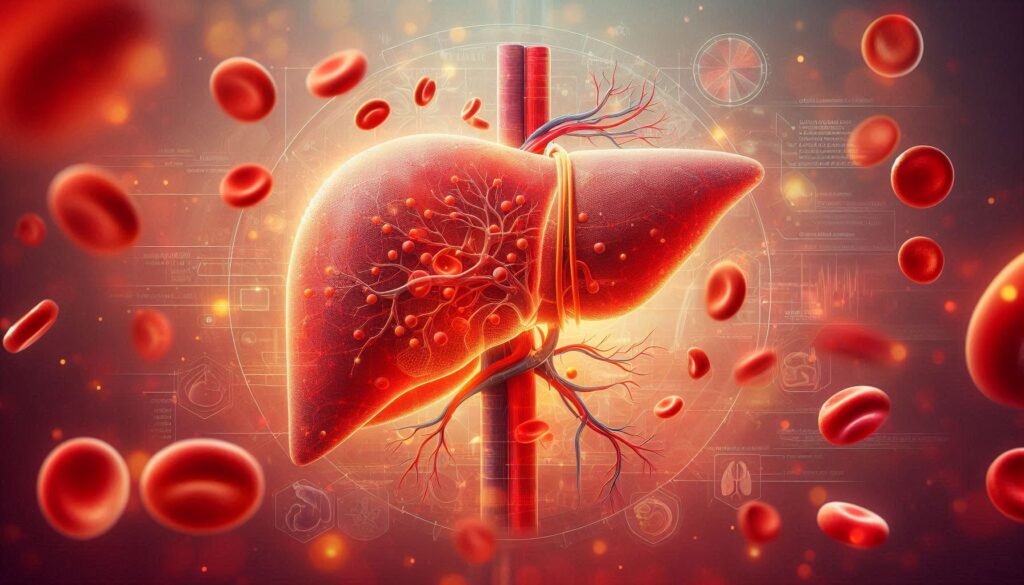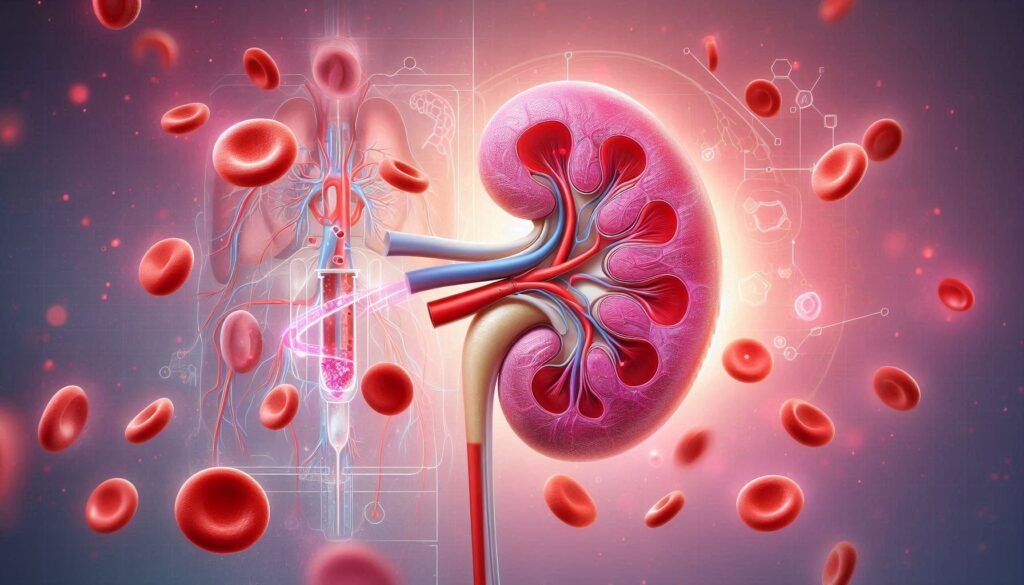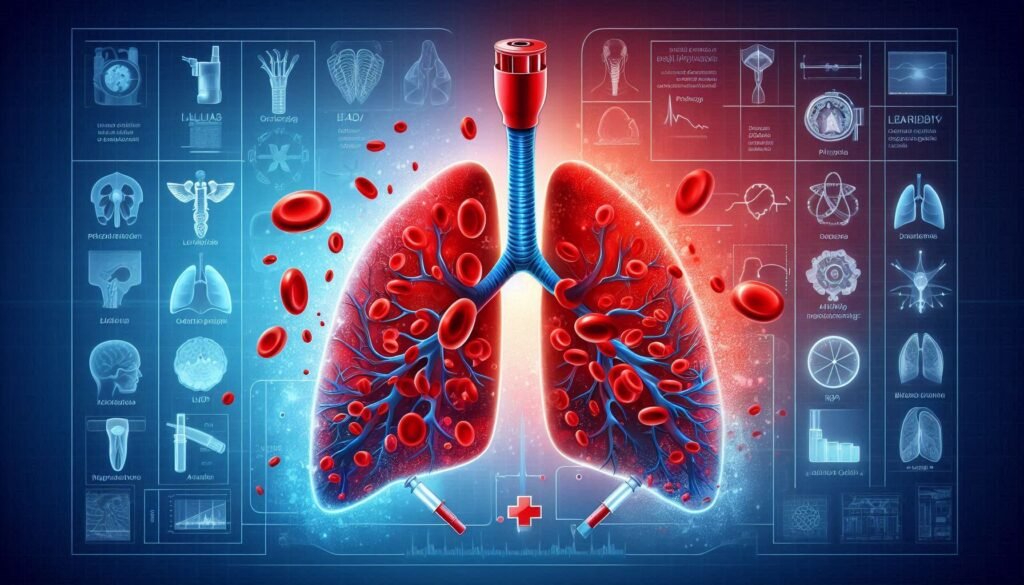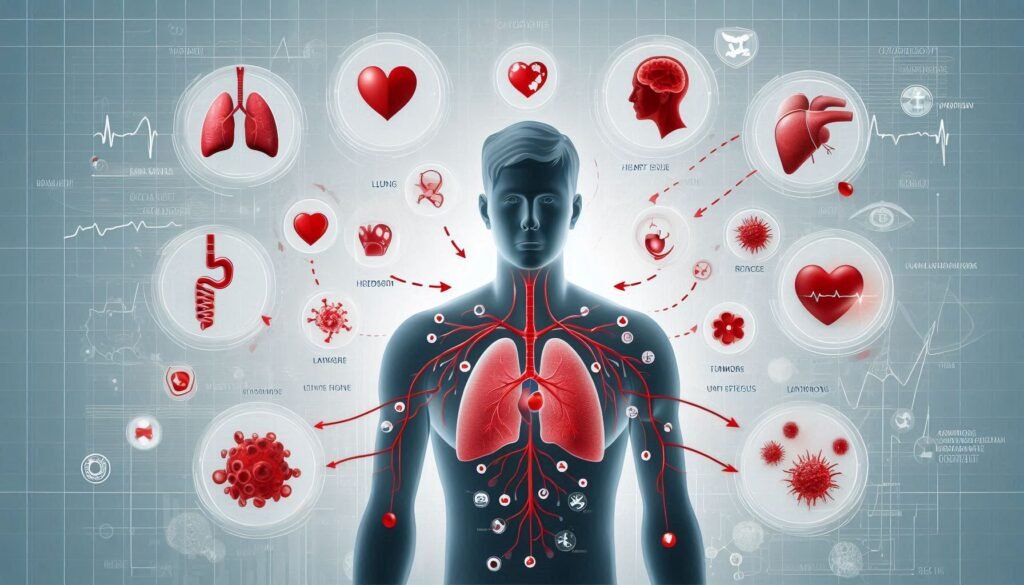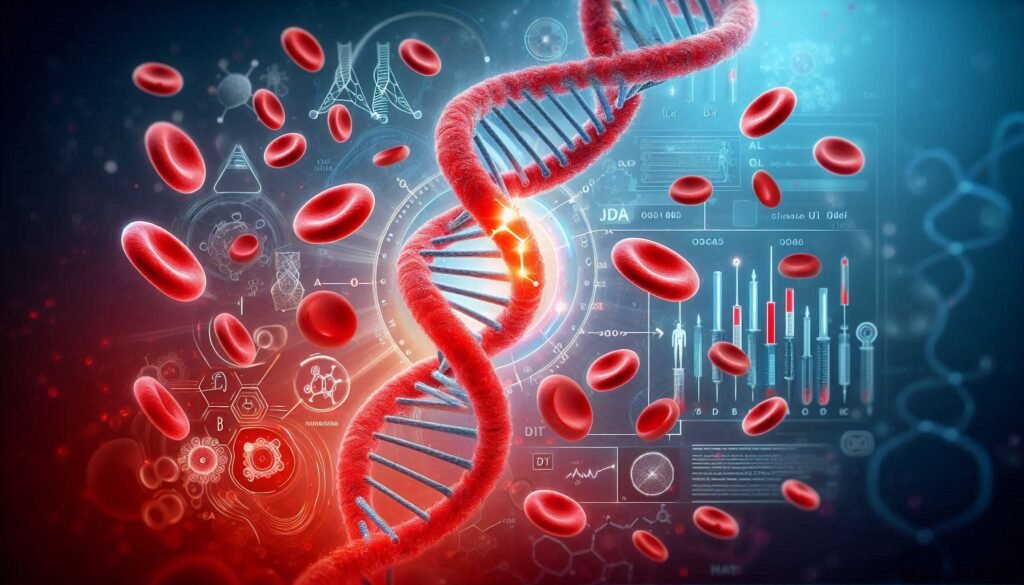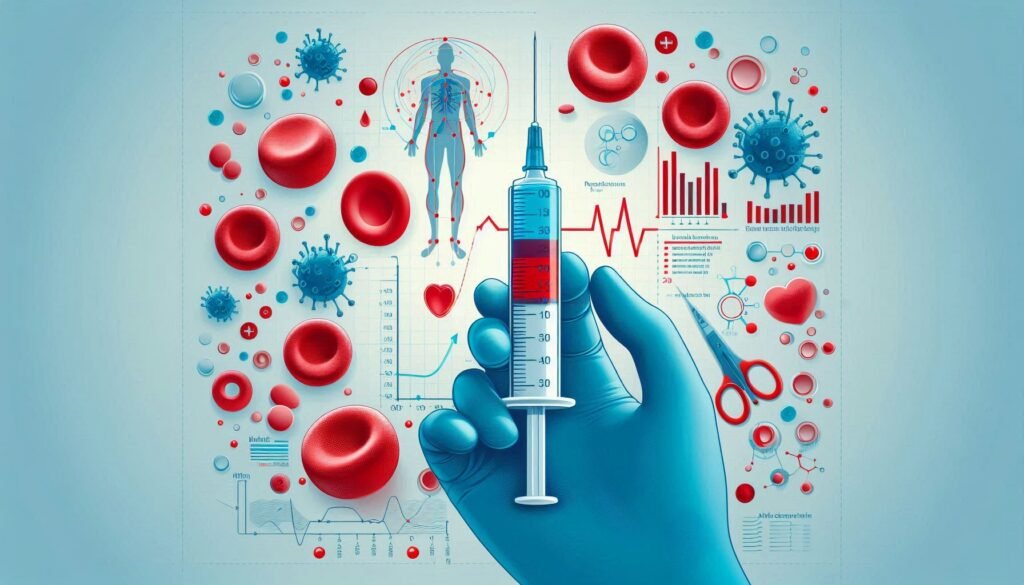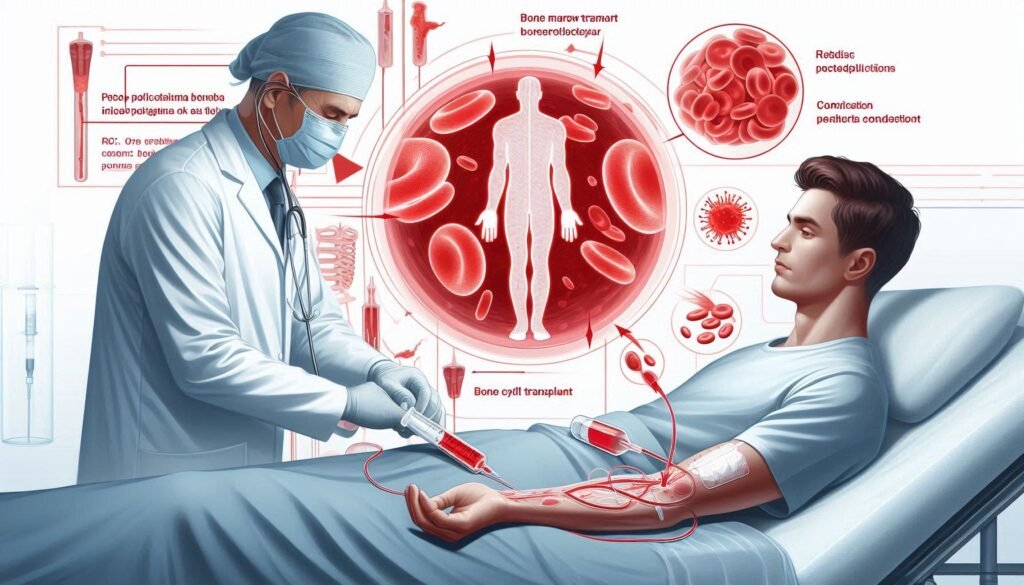Liver Diseases and Polycythemia: Unraveling the Hepatic Influence on Blood Disorders
The intricate relationship between liver diseases and polycythemia is a topic that often flies under the radar, yet it holds significant implications for patient care. When we think about blood disorders, our minds may not immediately jump to the liver’s influence on red blood cell production. However, understanding how hepatic conditions can affect erythropoietin metabolism […]
Liver Diseases and Polycythemia: Unraveling the Hepatic Influence on Blood Disorders Read More »

